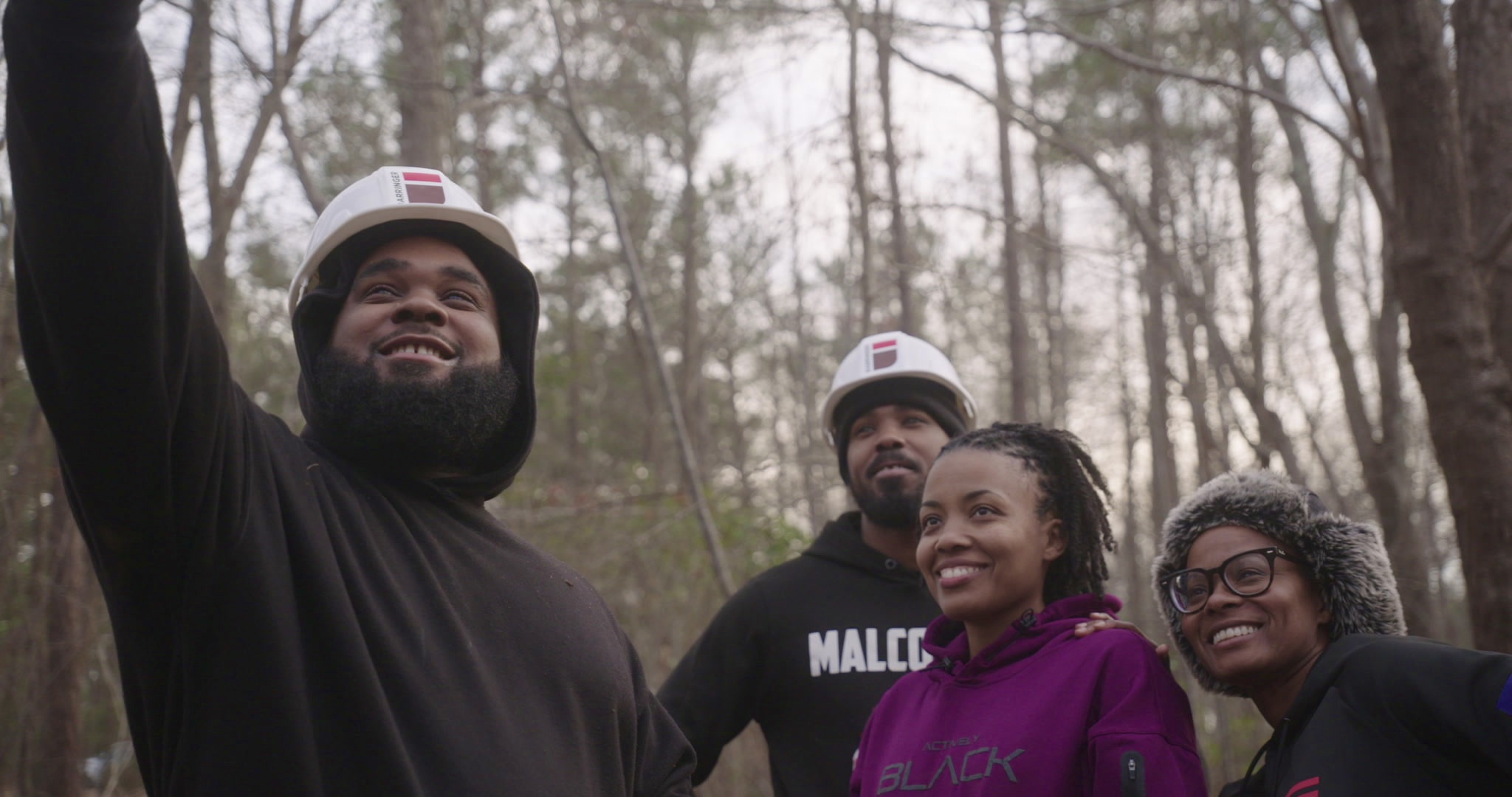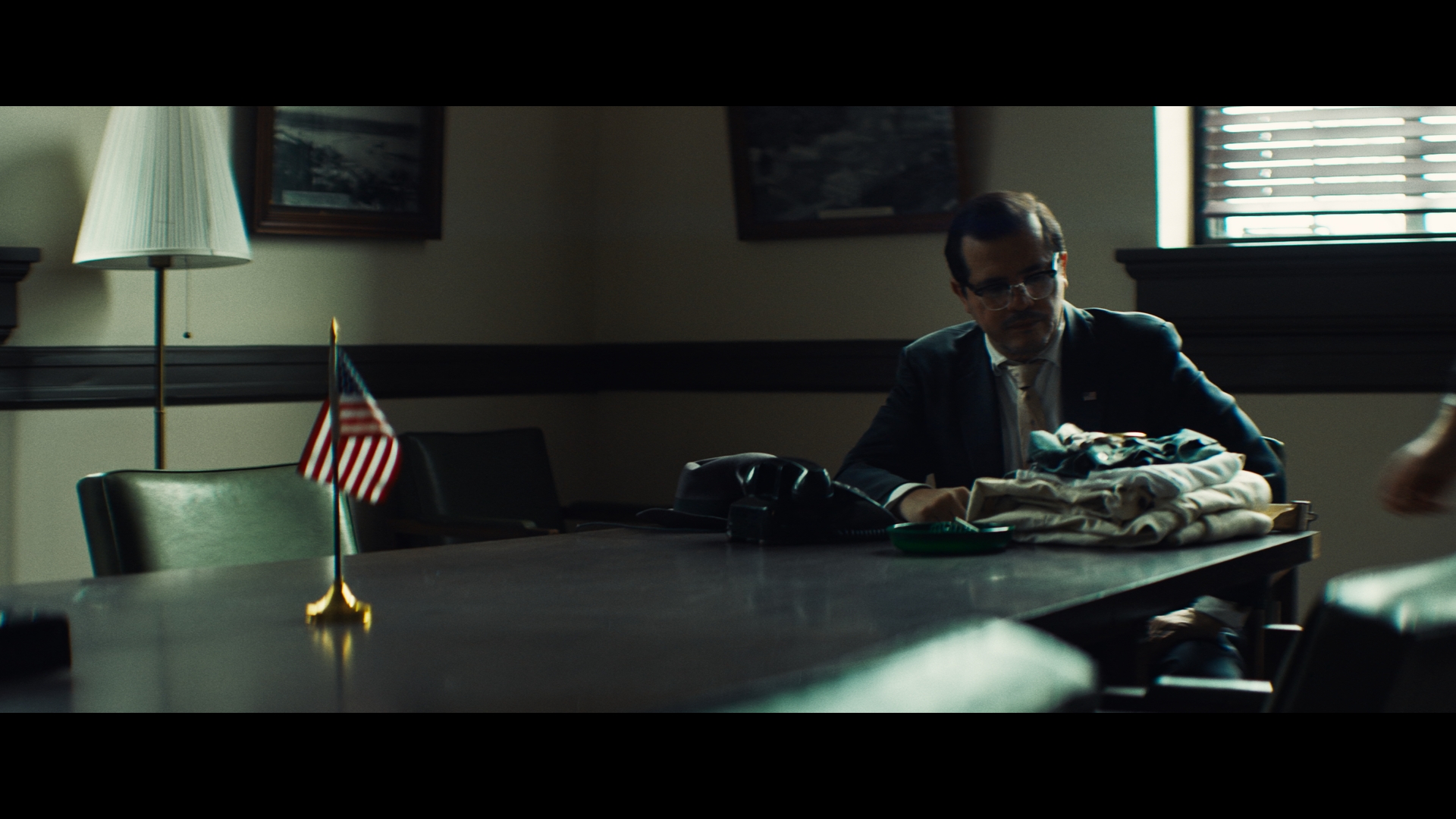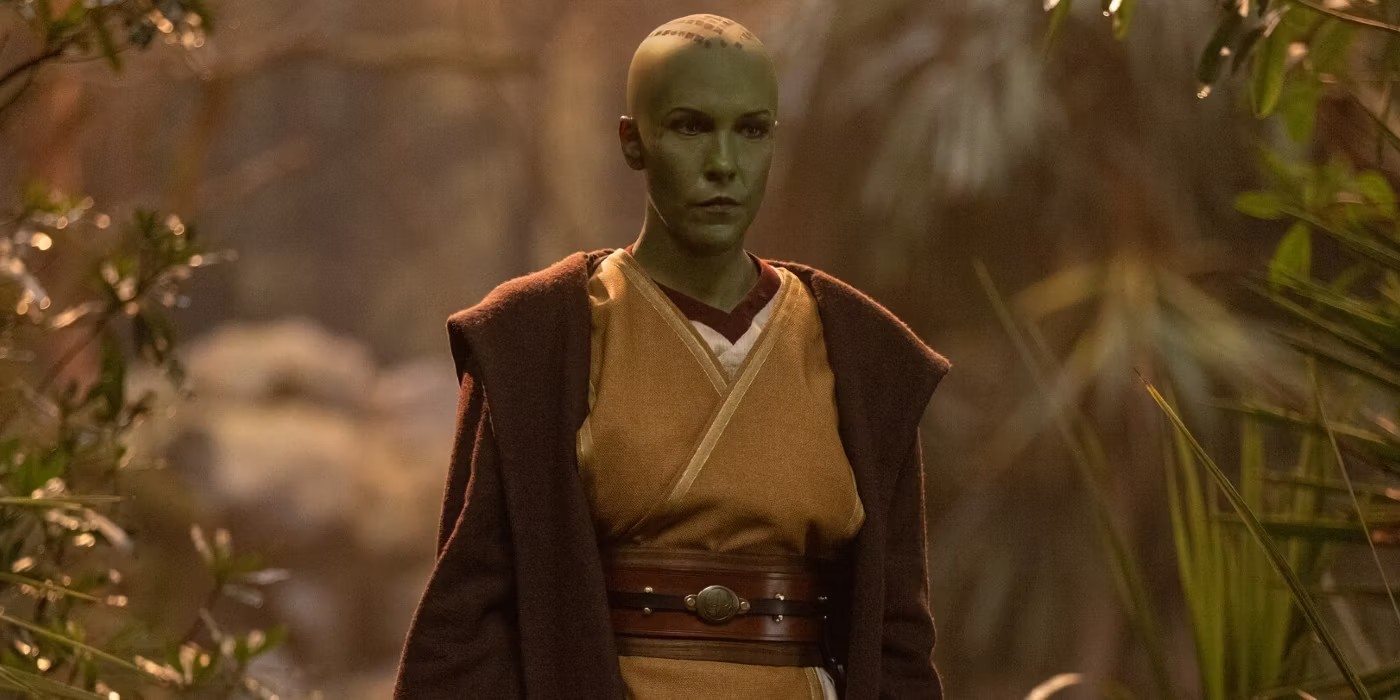Based on the book of the same name from writer Doug Stanton, 12 Strong tells the story of a Special Forces team that’s sent into Afghanistan immediately following the tragedy of 9/11. The team forms an alliance with the Afghan Northern Alliance, and over the course of the story, they must overcome distrust and cultural differences to take on the Taliban. But in addition to these cultural differences, this team must also adapt to the more rudimentary tactics of the Afghani horse soldiers, as seen in the image above.
The film stars Chris Hemsworth and Michael Peña, and is directed by relative newcomer Nicolai Fugslig. LRM had a chance to sit down with the filmmaker during a recent press junket event, where we got to pick his brain on making the film, interacting with the real men behind this story, and the challenges this project brought.
Check out our full interview down below!
Okay. Well, thank you. Like I said earlier, congratulations, big film. How did you get involved with this film?
Fugslig: Well, I got involved with the film back in 2010 when Jerry Bruckheimer, he sent me the script, and I immediately fell in love with the script, so much that I went and bought the book, Doug Stanton’s book. It had brilliant, brilliant, gritty details. Then we were trying to shop it around, but we couldn’t find any funding at the time. But then, thank God, Molly Smith and her Black Label company came around in about 2016 and provided funding for us. Then we start casting the movie and then we’re off to the races, yeah.
What aspect of the book got you most excited about making the film?
Fugslig: Yeah. I mean, one thing that excited me a lot about the book was the helicopter ride into Afghanistan, which was one of the most sort of dangerous high altitudes that a helicopter mission’s ever conducted. We have a little bit about it in the movie, how they fly in, and they had to turn around. They were all alone going into the unknown, and that part of the book is very fascinating. They didn’t have any oxygen. It was a harrowing experience for all of them involved.
That was a very exciting moment. Then, of course, some of these battle sequences when they were writing in, I mean, the bravery on the Afghan side is phenomenal. This commander, Lal, there’s a part of the book there where he’s riding in front and center, at the tip of the spear, and shit is just going off him all around. I mean, how can you not be excited about that in cinematic terms? I mean, it’s an incredible, incredible achievement of heroism.
When it came down to doing the filming, is there a particular scene where you struggled more, it was more of a challenge to make it than what you foresaw from the book?
Fugslig: Yeah. I think generally, it’s not the easiest book to translate into cinematic language, because sometimes these guys are calling in airstrikes from remote hilltops. They’re not always in the front and center of the action. Whereas, most other war movies you put them sort of front and center. This movie was … The book is also a lot about the relationship, of course, between Captain Mitch Nelson and General Dostum. It was important to translate that in a very exciting way, but obviously, when you have two guys from two different cultures, it’s sort of … You put them front and center in a conflict, them having to learn each other’s respect, gain each other’s trust, and then go to battle, and go to war together. It was pretty exciting. I don’t know if I went off course, is that answering your question a little bit?
Yes, no, it did, it did.
Fugslig: Okay, cool.
Probably like from book, it’s a little different to —
Fugslig: Yeah. There were some parts. I mean, some of the parts are more difficult than others. I mean, we were trying to be as accurate as possible. Of course, we had to take a little bit of credit of liberties in a few places, but I think every movie does that, even though based on real events.
How involved was Doug when it came to the filming? Was there he there a lot? Of course, you work with him directly for ideas and support.
Fugslig: Yeah. He came … I met him before we started and he came to the set as well. Came to the set and of course, his book is sort of a production bible of knowledge. Do you know what I mean? Also, via him, we got introduced to the real guys, which was hugely important, of course, to meet them, hang out with them, and learn and listen from them, was great. Yeah. They were only there for a few days. Doug was also there for a few days for various reasons, but it was great to have them as a source of info.
Were they there during any of the filming?
Fugslig: Yeah. Well, Mark Nutsch and Bob Pennington, who are two of the real guys that play Cal Spencer and Mitch Nelson of course. They were there for a couple of days, and me and the cast got to hang out with them, and I’ve been texting with them, and writing with especially Mark throughout the production. I needed to get a lot of sort of things straight, and right, and I always pulled on … Often, I tried to pull on their knowledge. I mean, as best as they could answer and as best as I could get that right.
Did you see any reaction of theirs watching their life … An important part of their life and they went through? Did you see that? Did you see —
Fugslig: Yeah, I feel I could see it a little bit. I mean, these are guys that are very, very humble people. They’ve been through a lot. They’re not very colorful guys, even though they’re sort of wonderful, wonderful guys. It’s like ordinary cool guys, do you know what I mean? It’s not like they’re very … They don’t express a lot, but I could feel that once they came and saw how detailed we were in our production design, how much we sort of try to immerse the cast and crew in the environment and make it feel like a remote part of northern Afghanistan. I think they appreciated that, and I think … I could feel that they really felt that we took pains to kind of take the film back to the place where they conducted the real mission.
When it came to 9/11, did you happen to be in the US?
Fugslig: No, I was at a wardrobe fitting in a hotel in Budapest, and I remember vividly taking the lift down to the lobby, and as soon as I came down the lobby, there was all these huge stuntmen, American stuntmen crying, balling their eyes out in front of the TV, and I had no idea what when on. Of course, it had just happened. Do you know what I mean? Then we watched the second plane, it hit the tower there, together with all these Americans in Budapest. It was surreal. Do you know what I mean? I will never forget that day. I think everybody in the world remembers where they were exactly in those moments, whether you were in Europe, or the Middle East, or you were here.
The way you started the film where it’s like, I think every viewer, it sends them back to that day, that morning —
Fugslig: Yeah, “Where were you?” It reminds people where they were.
Yeah, we cannot forget, unfortunately.
Fugslig: Yeah.
Is there something you could tell me about the writing you had in that room where the soldiers were staying when they were at the Alamo?
Fugslig: Yeah. Interesting question, you bring that up. I really appreciate it. It’s one of my favorite sort of cinematic moments because it’s sort of contemplating and looking back, reflecting on all that’s been going on in Afghanistan for almost hundreds of years. I mean, we have to remember that country’s been at war for a really long time. The Russians failed. The British failed. Various factions failed in trying to beat out the Taliban. It’s countries of course that are marred, scarred, by decades and decades of war.
I feel that scene with the writing on the wall where Jack Kesy, who plays Jones, is sort of touching … It’s almost like he’s sort of feeling and looking back at all the shit that has happened already, knowing that they’re going in and riding in, they didn’t know they’d have to ride at that point. They’re going into the unknown, because Dostum had not arrived at that moment and they were really feeling that something was going down. Do you know what I mean? I think that it was a very important scene for me and I kept on insisting on, on keeping it as it was.
I loved it.
Fugslig: I loved it too.
It just brings you more a sentimental, “This is real.”
Fugslig: It’s a little existential. It’s a little sentimental. It’s reflective, all the way it was shot. I really love that scene with Jack Kesy, the actor there, I love that, yeah.
Well, I love the touch.
Fugslig: Thank you. Yeah, that’s great, yeah.
Yeah. In the film, the captain got handed a piece of the …
Fugslig: Twin Towers, yeah.
Yes. That happened?
Fugslig: Yeah, that happened. Oh yeah, that happened in the real mission. I remember it was Lieutenant Colonel Bowers that gave them a piece of … Or was it Cal? I can’t remember who of them, gave them a piece of the Twin Towers that they carried with them, and each of them buried it at the end of the mission, buried it, I believe, outside Mazar-i-Sharif, buried in the ground as a sort of remembrance of all that happened in New York during 9/11. It was a very important, very emotional moment for these guys to do that. Do you know what I mean? Because these guys were the first 12 responders.
Don’t forget to share this post on your Facebook wall and with your Twitter followers! Just hit the buttons on the top of this page.

 FOR FANBOYS, BY FANBOYS
Have you checked out LRM Online’s official podcasts and videos on The Genreverse Podcast Network? Available on YouTube and all your favorite podcast apps, This multimedia empire includes The Daily CoG, Breaking Geek Radio: The Podcast, GeekScholars Movie News, Anime-Versal Review Podcast, and our Star Wars dedicated podcast The Cantina. Check it out by listening on all your favorite podcast apps, or watching on YouTube!
Subscribe on: Apple Podcasts | Spotify | SoundCloud | Stitcher | Google Play
FOR FANBOYS, BY FANBOYS
Have you checked out LRM Online’s official podcasts and videos on The Genreverse Podcast Network? Available on YouTube and all your favorite podcast apps, This multimedia empire includes The Daily CoG, Breaking Geek Radio: The Podcast, GeekScholars Movie News, Anime-Versal Review Podcast, and our Star Wars dedicated podcast The Cantina. Check it out by listening on all your favorite podcast apps, or watching on YouTube!
Subscribe on: Apple Podcasts | Spotify | SoundCloud | Stitcher | Google Play






